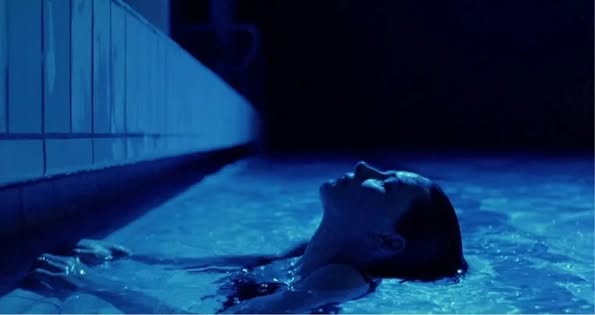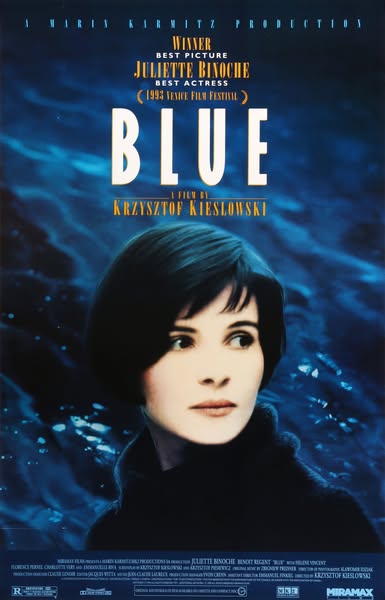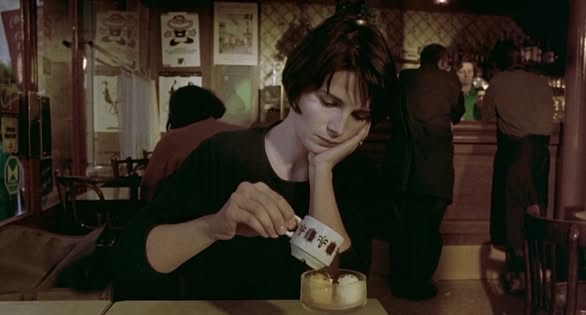Three Colors: Blue (1993)

Three Colors: Blue is a deeply moving film that represents the first installment of Krzysztof Kieślowski’s acclaimed Three Colors trilogy, released in 1993. This poignant drama explores themes of grief, freedom, and the search for identity in the wake of tragedy. Drawing inspiration from the color blue, which symbolizes liberty, the film delves into the emotional landscape of its protagonist, Julie, portrayed masterfully by Juliette Binoche.
The narrative begins with a devastating car accident that claims the lives of Julie’s husband and child. Struggling with her overwhelming grief, she attempts to sever ties with her past and start anew. The film intricately captures Julie’s journey as she navigates her pain, seeking both liberation and a sense of self amidst her loss. Kieślowski skillfully portrays her emotional turmoil through a combination of striking visuals and powerful performances, allowing viewers to feel the weight of her sorrow.

Visually, Three Colors: Blue is a triumph. Kieślowski and his cinematographer, Sławomir Idziak, craft a rich tapestry of blue hues that permeate the film, reinforcing its thematic undercurrents. The color palette not only reflects Julie’s inner state but also serves as a visual metaphor for her quest for freedom. The film’s pacing allows for moments of introspection, inviting the audience to immerse themselves in Julie’s emotional journey.

The score, composed by Zbigniew Preisner, enhances the film’s emotional depth, with haunting melodies that resonate with the themes of loss and liberation. The music plays a crucial role in creating an atmospheric backdrop that complements Julie’s experiences, further deepening the viewer’s connection to her character.
Three Colors: Blue is more than just a story of personal tragedy; it is a profound exploration of the human condition. Kieślowski examines the complexities of grief, the struggle for autonomy, and the intricate connections that bind individuals to one another. Through Julie’s journey, the film raises questions about the nature of freedom and whether true liberation can ever be fully attained.

In conclusion, Three Colors: Blue is a beautifully crafted film that resonates on multiple levels. Its exploration of grief, identity, and the search for freedom is rendered with sensitivity and artistry, making it a standout work in Kieślowski’s oeuvre. As the first chapter of the trilogy, it sets a powerful tone that invites viewers to reflect on their own experiences of loss and the enduring quest for meaning in life.











